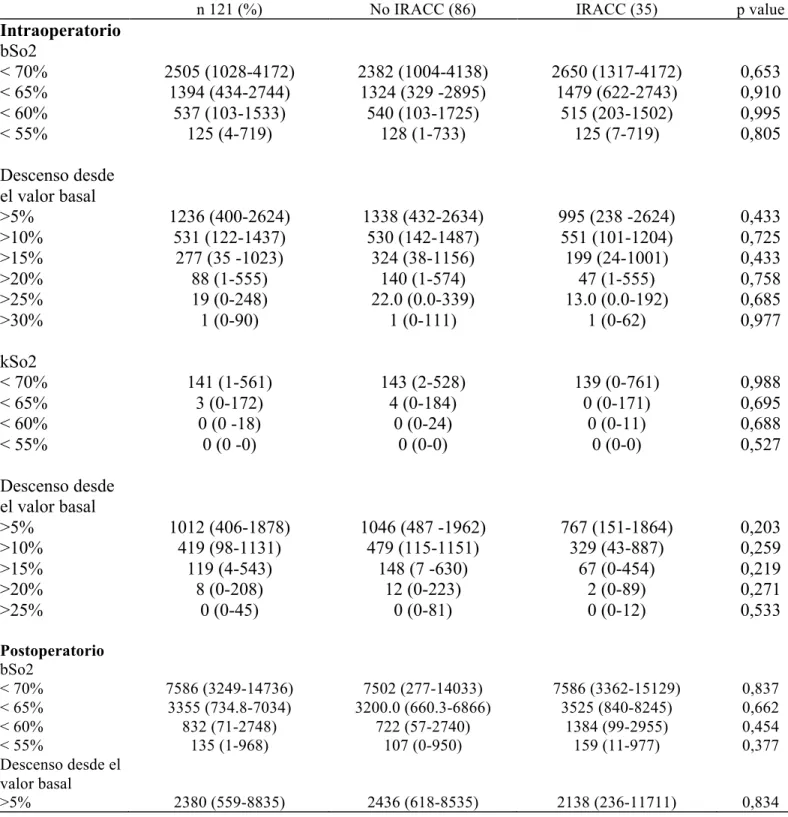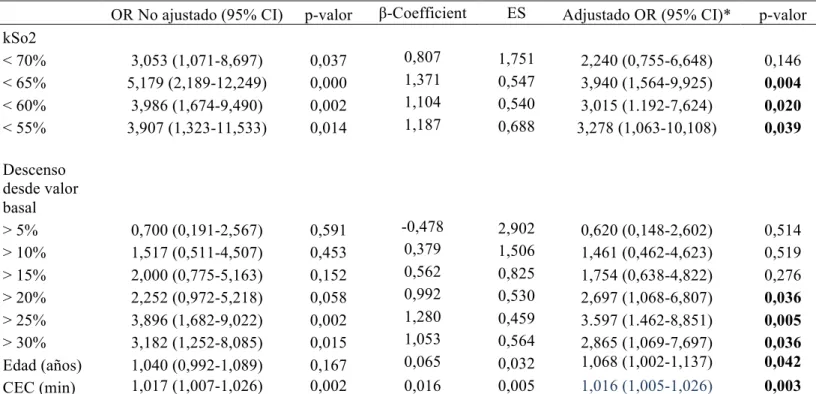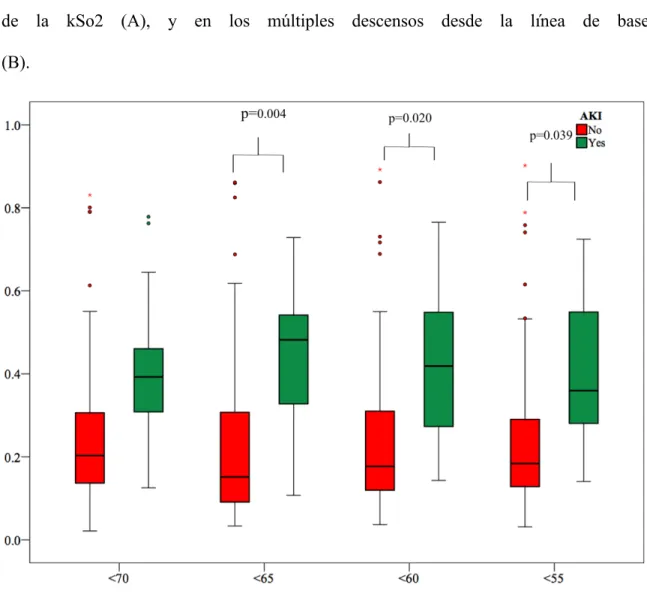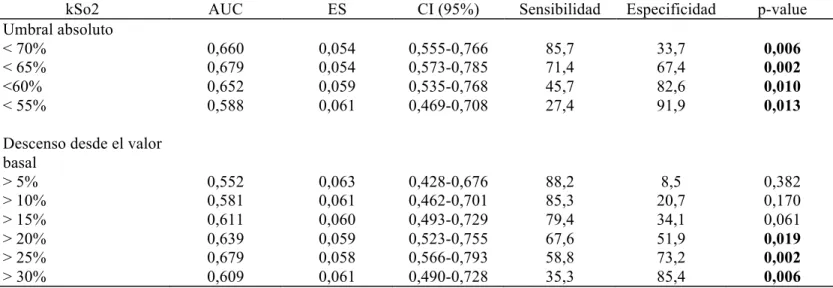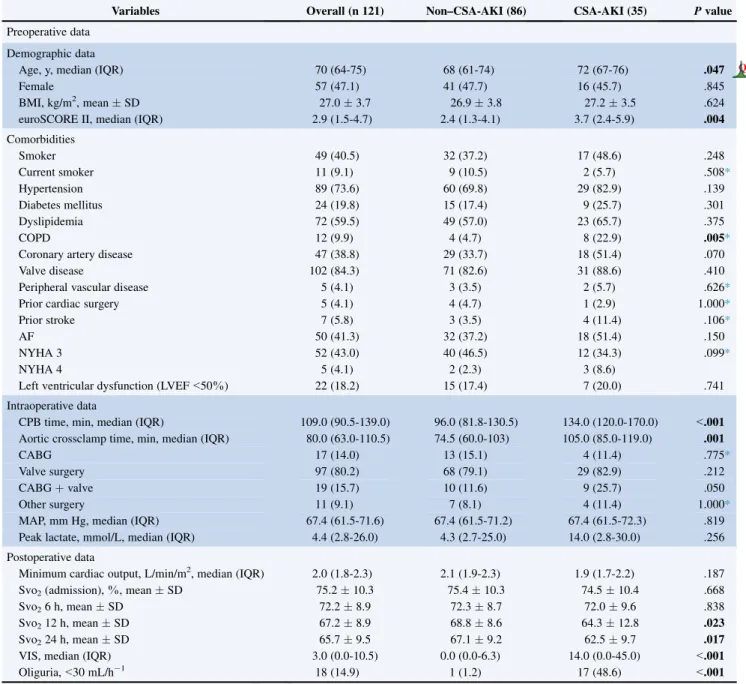Saturación Renal de Oxígeno como nuevo marcador para la Insuficiencia Renal Aguda asociada a la Cirugía Cardiaca en el Adulto
Texto completo
Figure
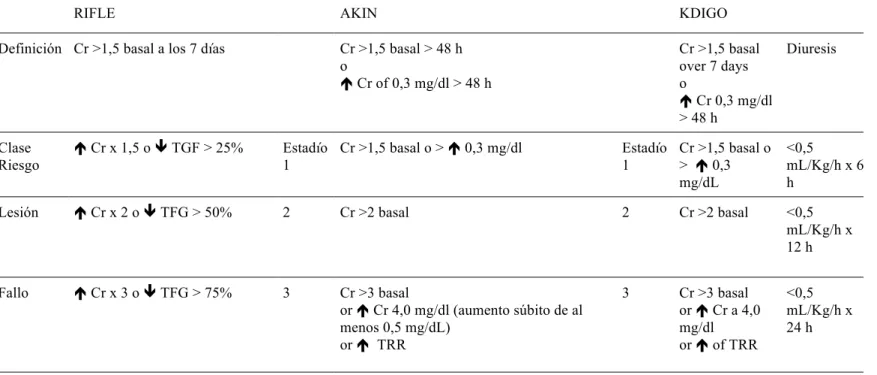
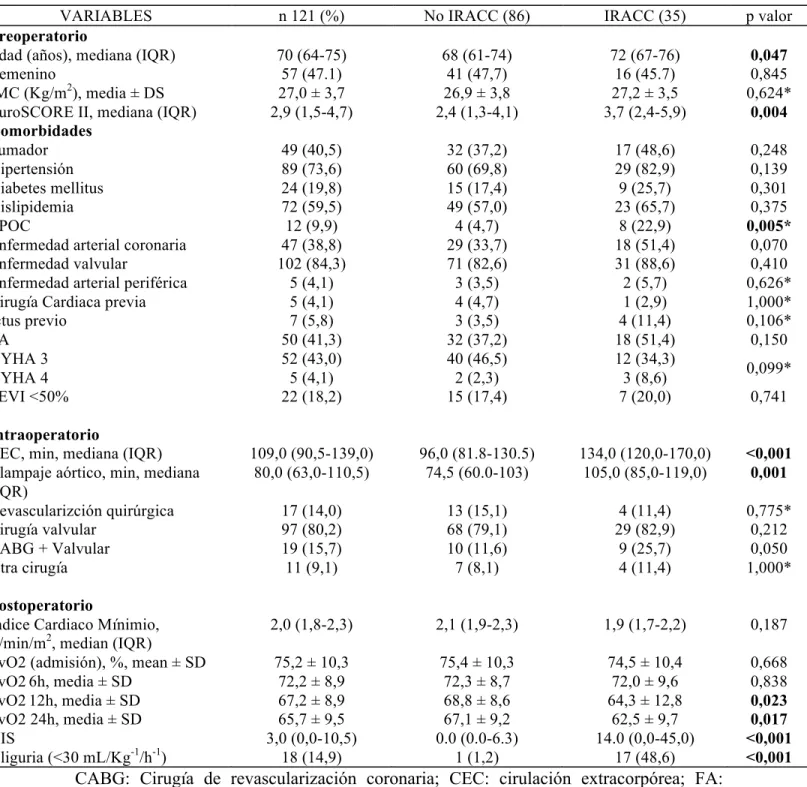
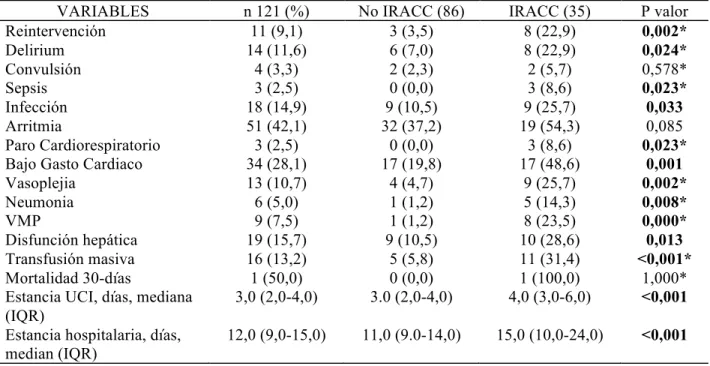
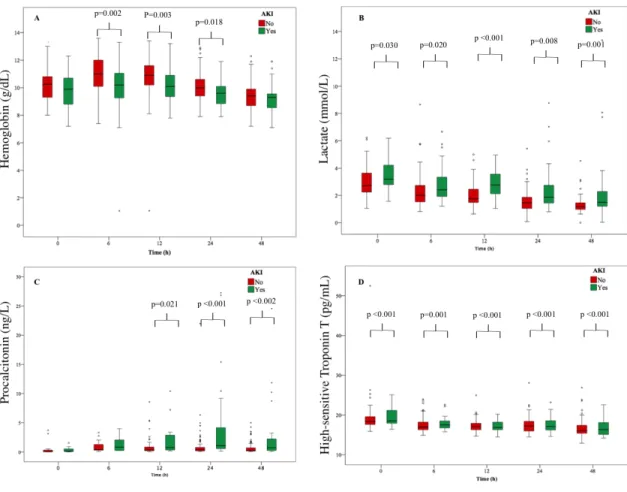
Documento similar
the normal and abnormal cell death which takes place (i) during the postnatal morphogenesis of rabbit kidney, and (ii) in the experimental renal polycystosis model of Perey et
Government policy varies between nations and this guidance sets out the need for balanced decision-making about ways of working, and the ongoing safety considerations
The British Renal Society and Kidney Care UK are pleased to present the first comprehensive report on the workforce providing psychological and social work support to patients
For this purpose, we designed a multicenter and observa- tional study of a cohort of patients with acute ischemic stroke in order to study the association of serum levels of GF
We first investigated the association of CKD273 and of the parameters used in routine clinical care to assess the severity of kidney disease (eGFR, urine albumin-to-creatinine
The objective of this study was to correlate surgical find- ings with pre-operative CT images in ovarian cancer pa- tients, with and without diaphragm metastases, to assess
In section 3 we consider continuous changes of variables and their generators in the context of general ordinary differential equations, whereas in sections 4 and 5 we apply
In the previous sections we have shown how astronomical alignments and solar hierophanies – with a common interest in the solstices − were substantiated in the

